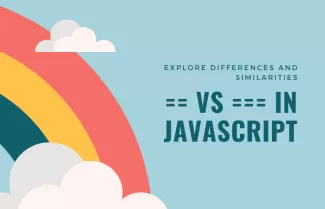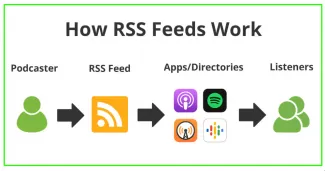Web technology refers to the various tools, languages, and frameworks used to develop and maintain websites and web applications. These technologies include HTML, CSS, JavaScript, and various web development frameworks such as React, Angular, and Vue.js. Additionally, web technology also encompasses various web protocols such as HTTP and HTTPS, as well as web servers like Apache and Nginx.







